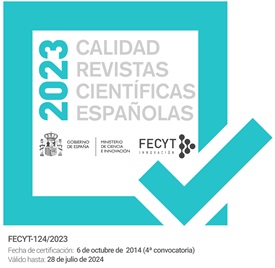There is an intense debate on the convenience of moving from historical cost (HC) toward the fair value (FV) principle. The debate and academic research is usually concerned with financial instruments, but the IAS 41 requirement of fair valuation for biological assets brings it into the agricultural domain.
This paper performs an empirical study with a sample of Spanish farms valuing biological assets at HC and a sample applying FV, finding no significant differences between both valuation methods to assess future cash flows. However, most tests reveal more predictive power of future earnings under fair valuation of biological assets, which is not explained by differences in volatility of earnings and profitability. The study also evidences the existence of flawed HC accounting practices for biological assets in agriculture, which suggests scarce information content of this valuation method in the predominant small business units existing in the agricultural sector in advanced Western countries.
La evolución de la contabilidad desde el coste histórico (CH) hacia el valor razonable (VR) ha suscitado debates y controversias, tanto en el ámbito profesional, como en el académico. Si bien el debate y los estudios se han referido principalmente a los instrumentos financieros, el requerimiento de la NIC41 de valorar los activos biológicos al VR ha ampliado el debate a la contabilidad agrícola.
Este trabajo realiza un estudio empírico mediante una muestra de explotaciones agrícolas españolas que valoran sus activos biológicos al CH y otra que valoran al VR, para comparar el poder predictivo de ambos criterios de valoración. No se encuentran diferencias significativas entre ambos criterios para la predicción de los futuros flujos de tesorería. No obstante, la mayor parte de los tests realizados revelan un mayor poder predictivo de los futuros resultados contables bajo el valor razonable, que no se explica en función de diferencias en la volatilidad. El estudio evidencia también la existencia de prácticas defectuosas de cálculo del CH por parte de las explotaciones agrícolas, lo cual sugiere un escaso contenido informativo de la contabilidad bajo este criterio dado el universo de pequeñas explotaciones familiares predominantes en los países occidentales avanzados.
“The authors are grateful to University of Barcelona and to the Spanish Ministerio de Educación y Ciencia (SEJ2005-04037/ECON) for funding this research, as well as to CABSA for providing data that made possible this study”.






